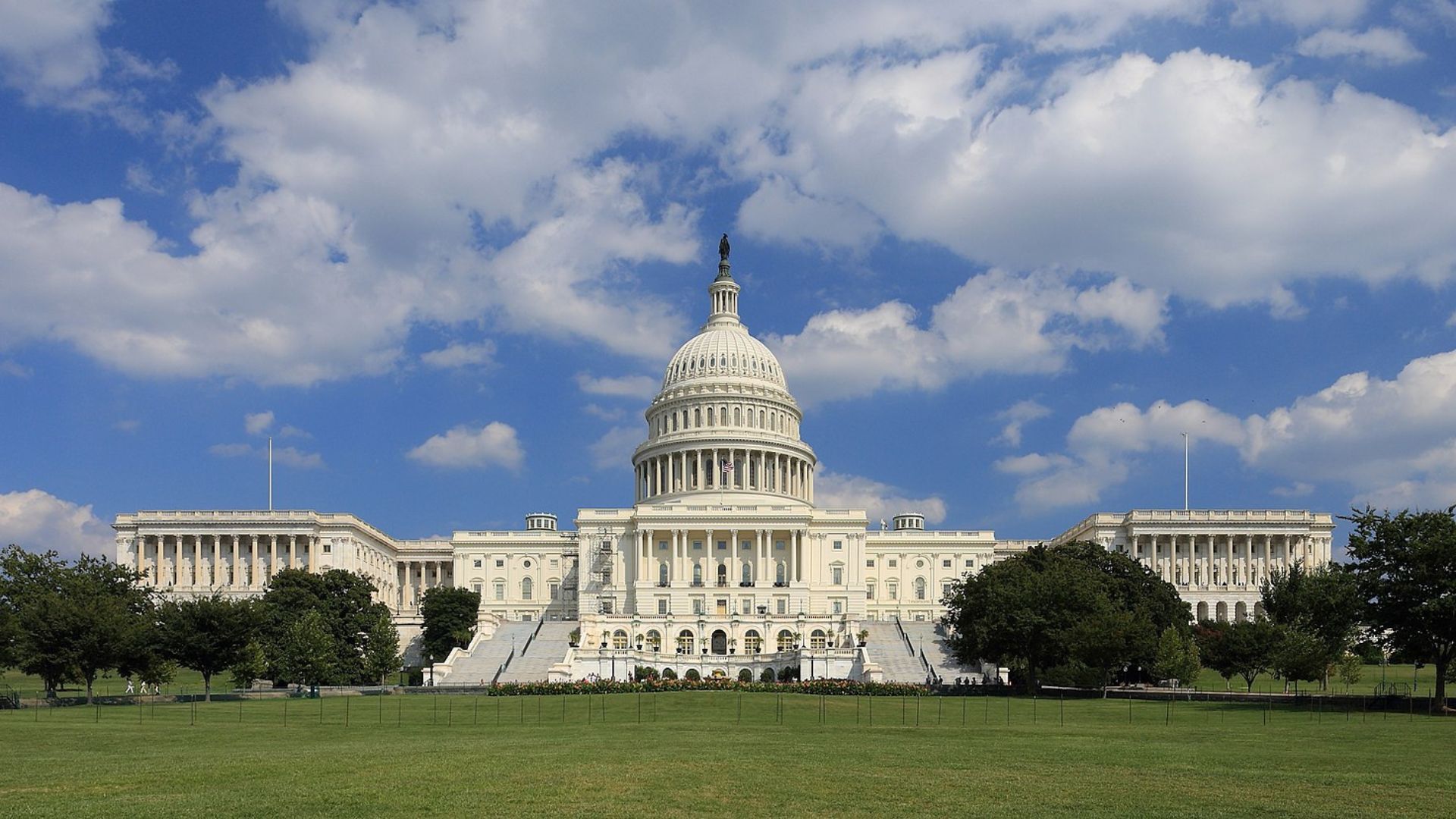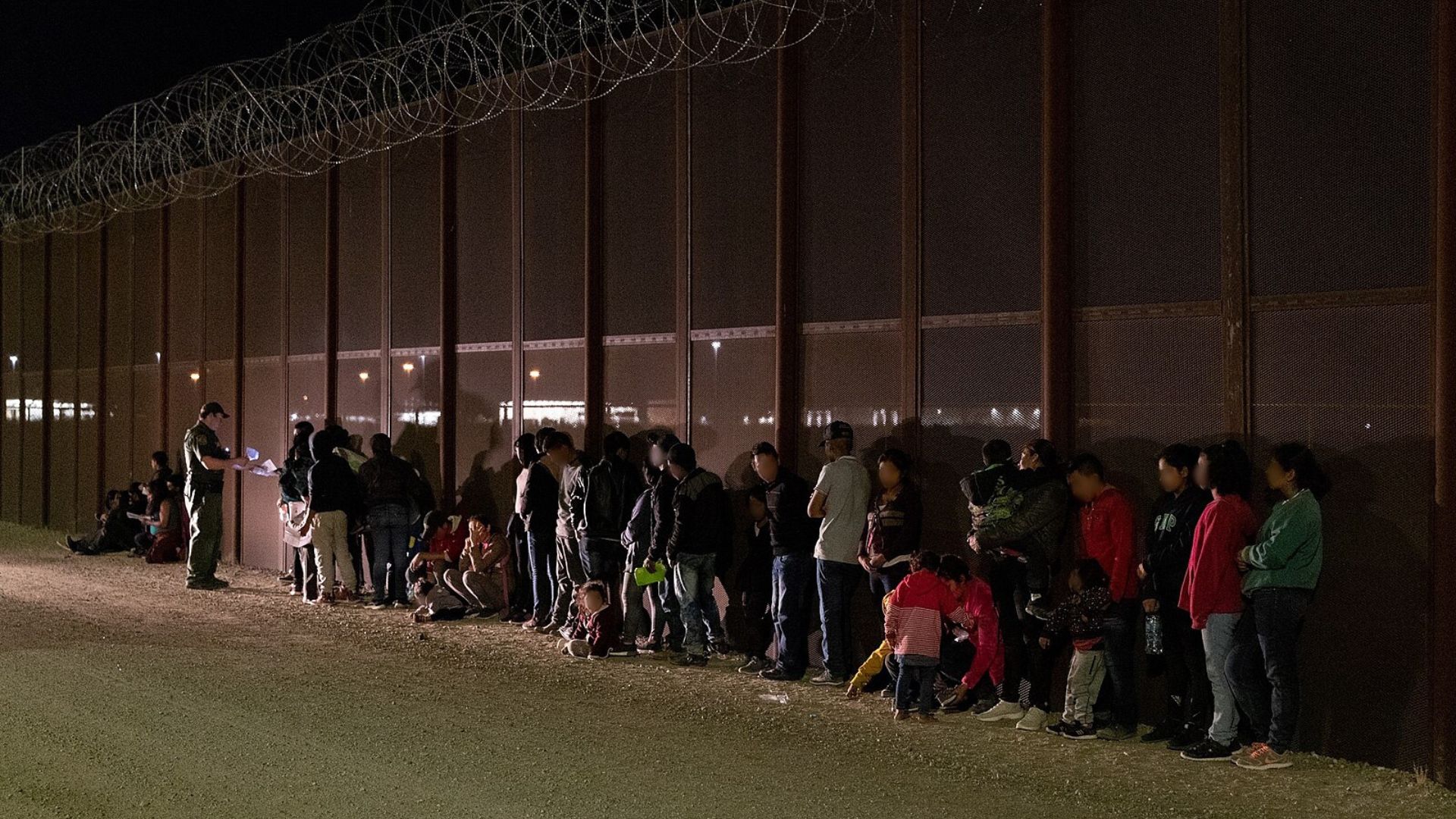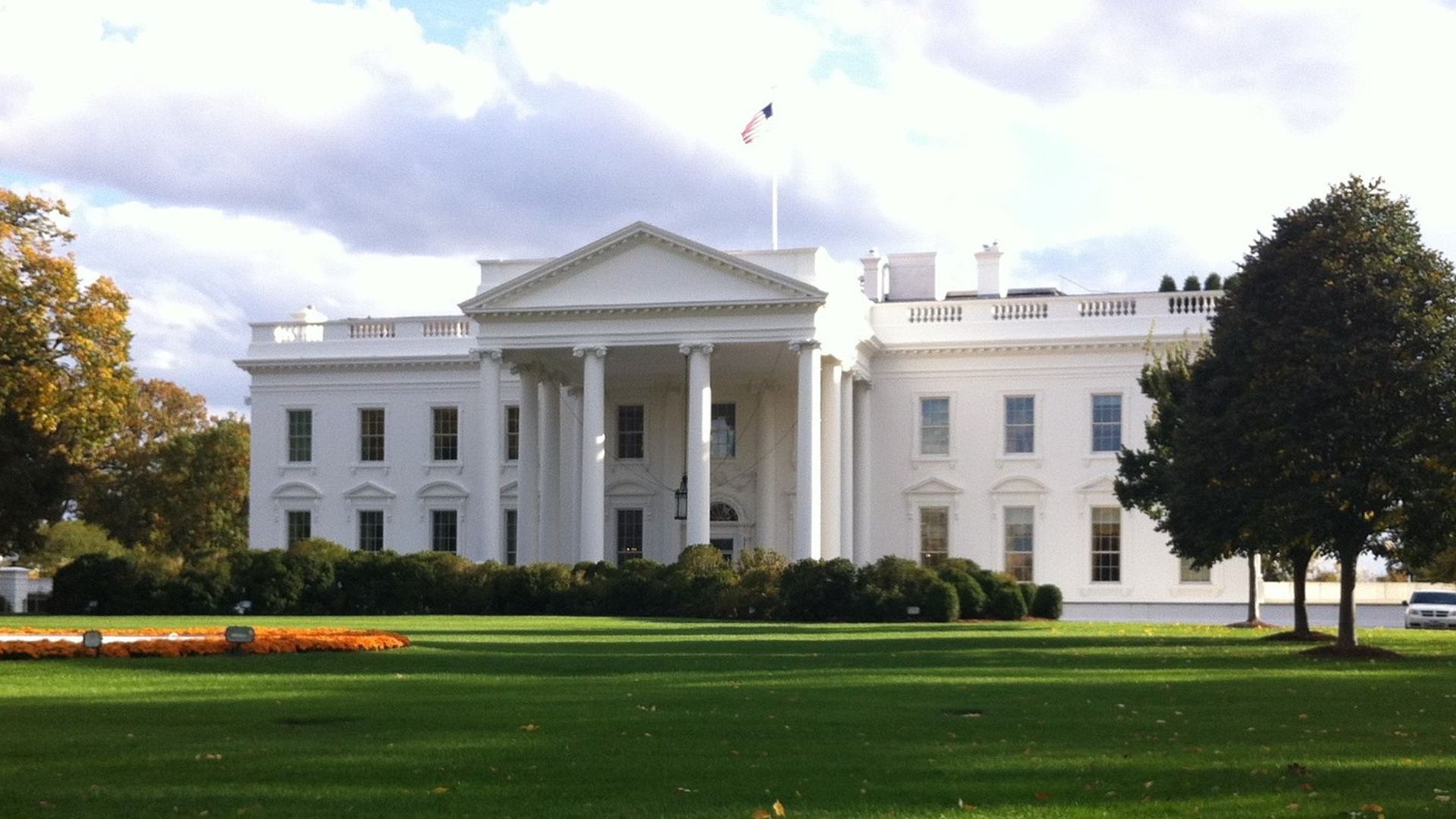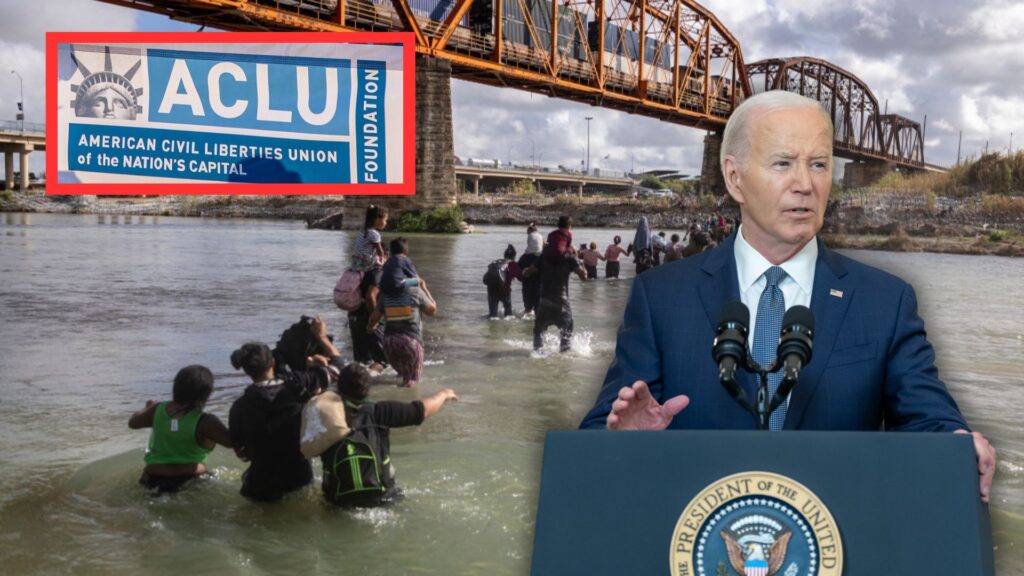The American Civil Liberties Union, alongside other immigrant advocacy groups, has initiated a lawsuit against President Biden’s recent executive action, which imposes temporary limits on asylum processing.
This move by the administration has sparked significant controversy and led to immediate legal action from various organizations concerned with immigrant rights.
Core of the Dispute: Violation of Congressional Statute

The lawsuit, filed on behalf of organizations like Las Americas Immigrant Advocacy Center, charges that the President’s actions breach a statute enacted by Congress.
This statute expressly permits migrants to seek asylum “whether or not” they enter at official ports of entry, which forms the legal backbone of the challenge against the executive action.
Details of Biden’s Executive Action on Asylum

President Biden’s executive order, effective immediately last week, restricts asylum processing once there has been a seven-consecutive-calendar-day average of 2,500 encounters or more at the border.
This decision was based on reports from homeland security officials that daily encounters had surged to an average of more than 4,000.
Legal Arguments Presented in Federal Court

Filed in federal court in Washington, D.C., the lawsuit articulates, “That plain statutory text precludes the President and the Executive Branch from barring noncitizens from asylum based on their manner of entry into the United States.”
This demonstrates the groups’ argument against the perceived overreach of executive power in matters of asylum.
The Mechanics of the Asylum Rule

If daily encounters drop below 1,500 on average over seven days, the border would reopen under the new rule, but would close again should the numbers rise.
This introduces a fluctuating dynamic to border management that directly affects asylum seekers’ access to the U.S.
Who’s Exempt from the New Rule?

Not all are affected equally by these restrictions; certain exceptions have been made.
For instance, unaccompanied children are not subject to these temporary limitations, thus still able to seek asylum under the new regulations.
ACLU’s Response to the Asylum Rule

Lee Gelernt, the deputy director of the ACLU’s Immigrants’ Rights Project, explained their position.
He said, “We were left with no alternative but to sue. The administration lacks unilateral authority to override Congress and bar asylum based on how one enters the country, a point the courts made crystal clear when the Trump administration unsuccessfully tried a near-identical ban.”
Official Statements from the White House

In response to the lawsuit, White House assistant press secretary Angelo Fernández Hernández issued a statement.
He said, “The Administration will continue to enforce our immigration laws — those without a legal basis to remain in the United States will be removed. We would refer you to the Department of Justice for questions regarding the litigation.”
Department of Homeland Security’s Stance

Amidst ongoing litigation, a spokesperson for the Department of Homeland Security, Naree Ketudat, also commented.
She said, “The Securing the Border rule is lawful, is critical to strengthening border security, and is already having an impact. The challenged actions remain in effect, and we will continue to implement them.”
Precedent and Policy Similarities

The current asylum policy invokes provisions from the Immigration and Nationality Act, including 212(f), previously utilized by the Trump administration in 2018 to enact a similar asylum ban.
This was later blocked by the courts.
Recent Border Encounter Data

According to U.S. Customs and Border Protection, there were 179,725 encounters along the southern border in April.
Over 1.5 million encounters have been recorded this fiscal year to date, indicating a significant increase over previous years.
Implications of the Legal Challenge

This legal confrontation between the ACLU and the Biden administration may set important precedents for future asylum policies and the balance of powers between the executive branch and Congress.
As the court case progresses, it will likely capture significant public and legal interest, shaping the landscape of immigration law in the United States.
